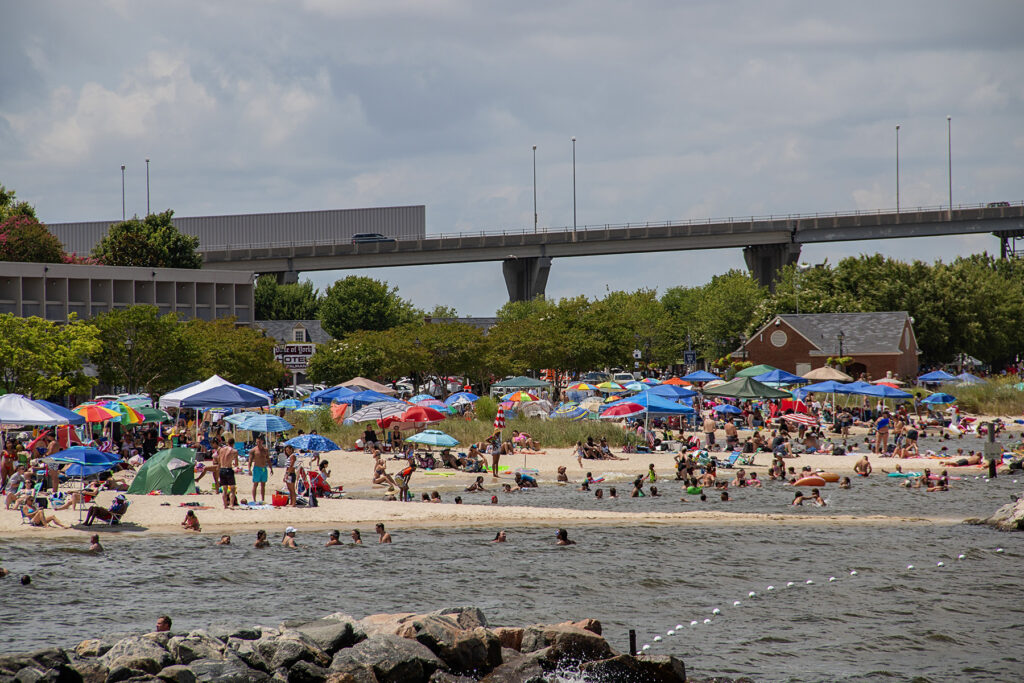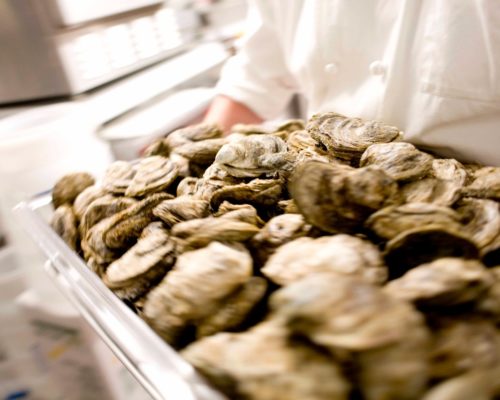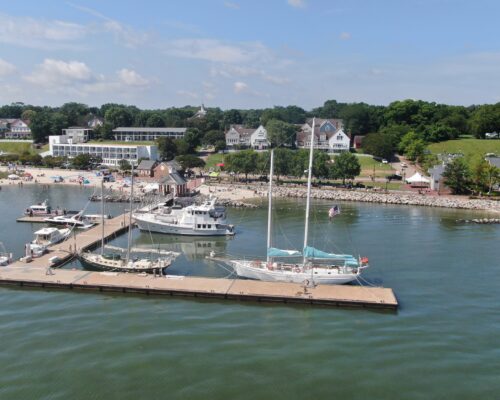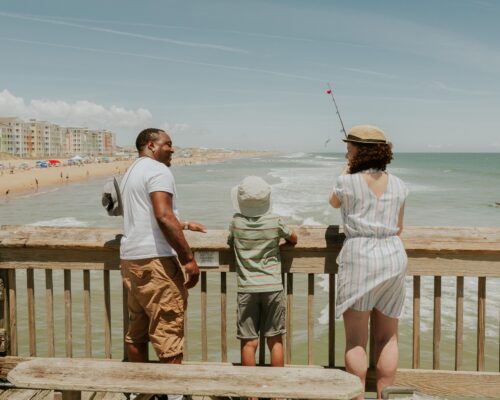Say Yorktown and most people will respond with Cornwallis or the Revolutionary War. True enough, but Yorktown, Virginia, has been a strategic location on the York River for centuries. With elevated land adjacent to broad, open water, it is a natural lookout and a natural home for visiting tall ships.
Two schooners have arrived in Yorktown this summer and are making this charming town their permanent residence. The Schooner Alliance II and Schooner Serenity are docked permanently at the Riverwalk Landing Piers. The schooners will navigate the waters of the York River daily and offer day and sunset sails, pirate cruises, as well as private charters.
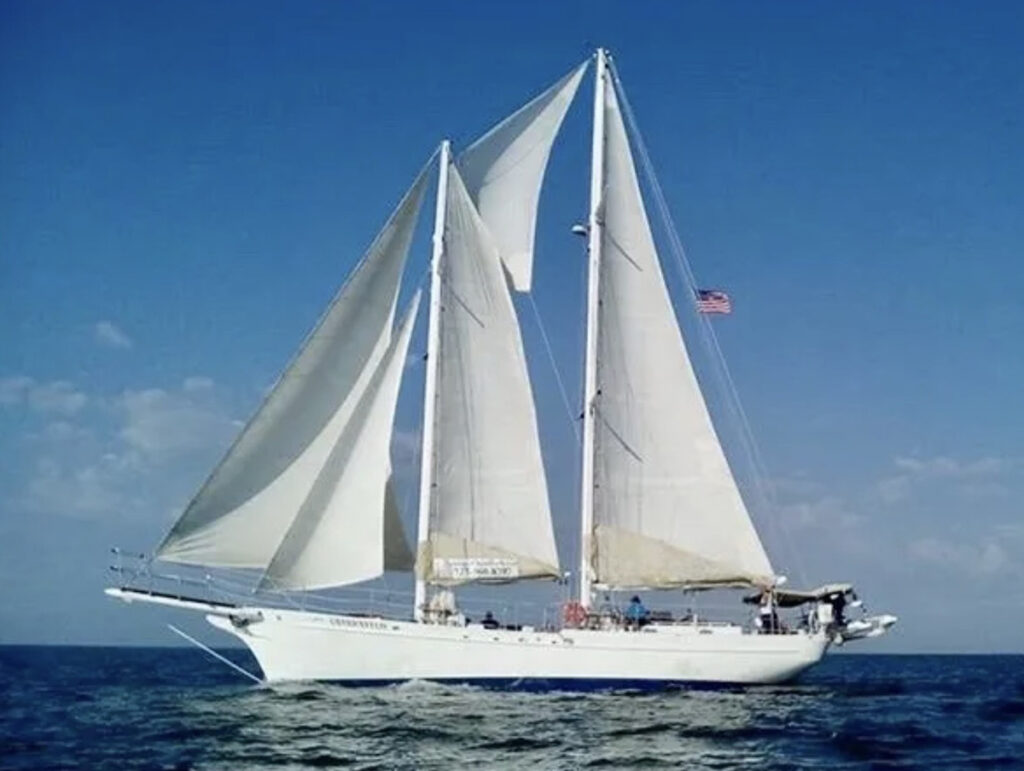
The Alliance II replaces its namesake vessel, which was sold to an education nonprofit in Michigan last year. Around the same time as the sale, new owners Erik Lohse and Tyler Bullock purchased York River Cruises from Lohse’s stepmother, Laura Lohse.
“It was so important to keep York River Cruises in the family because we understand the growth potential and the significance it brings to the community,” explained Erik. “We are incredibly fortunate to have found two boats that would allow us to carry on the Lohse legacy.”
The boats are just one more attraction that has brought people to the shores of the York River for centuries. We know from archaeology as well as historical writings that the river was important to members of the Pamunkey Indian Tribe beginning at least around 1200 AD. When the Virginia Company colonists founded Jamestown in 1607, the region’s Paramount Chief Powhatan lived at his capital, Werowocomoco, about 15 miles upriver. He moved away in 1609 to get away from the English, who were settling along the river.
York County is one of Virginia’s original eight shires formed in 1682, and Yorktown, founded in 1691, served as a port for tobacco export to England. It became the county seat in 1696 and grew throughout the 18th century. Its status as a harbor led to the British occupation during the Revolution, although in 1781 General Cornwallis found himself artfully and famously trapped here by the Marquis de Lafayette, the Admiral Comte de Grasse, and General George Washington. He surrendered on October 19 effectively ending the war and ensuring American independence. Today, the Yorktown Battlefield is the area’s best-known tourist destination, and well worth a thoughtful visit. There are both guided walking and self-guided tours.
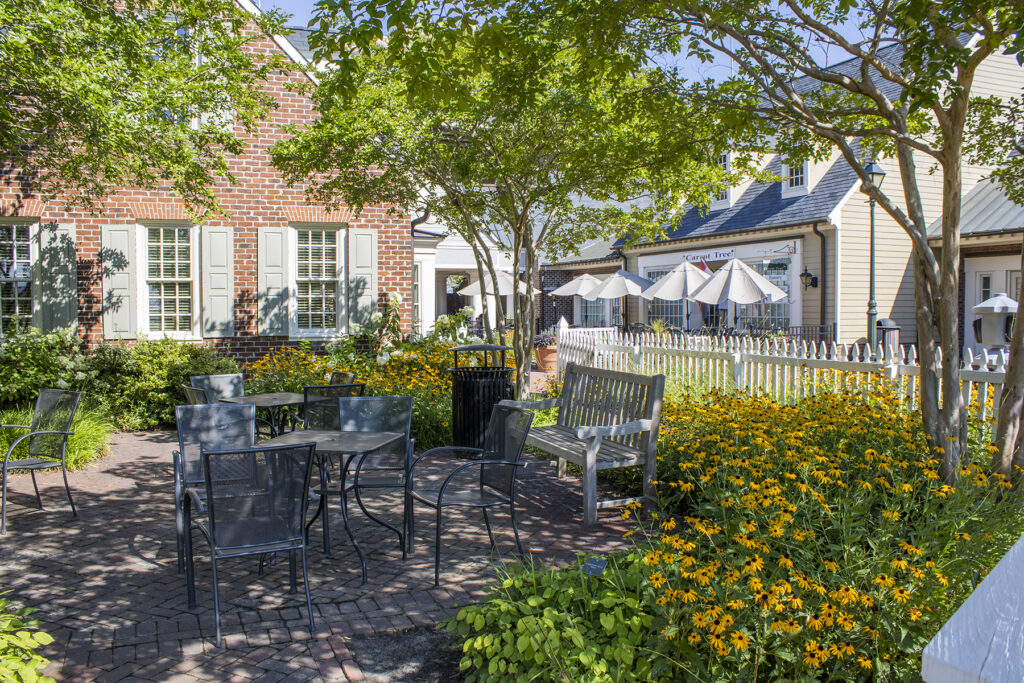
There is much more, though, to see and do around Yorktown today, as it remains a strategic location on the river. Arrive by boat and dock at the Riverwalk Landing Piers before heading out to enjoy a beach, a fishing pier, a picnic area, kayak and paddleboards rentals, periodic visits by other traveling tall ships
The York River continues to play a valuable role as a part of the Chesapeake Bay ecosystem, especially as a source of seafood. Anglers and watermen come for the oysters, hard clams, blue crabs, and many varieties of finfish, including rockfish (striped bass), American shad, river herring, speckled trout, red drum, and even Atlantic sturgeon. Learn more about the watermen culture at The Watermen’s Museum on the shore just above the Riverwalk. In addition to its exhibits of several centuries of watermen’s culture and tools, it offers field trips for children and teens, plus a boatbuilding program for adults.
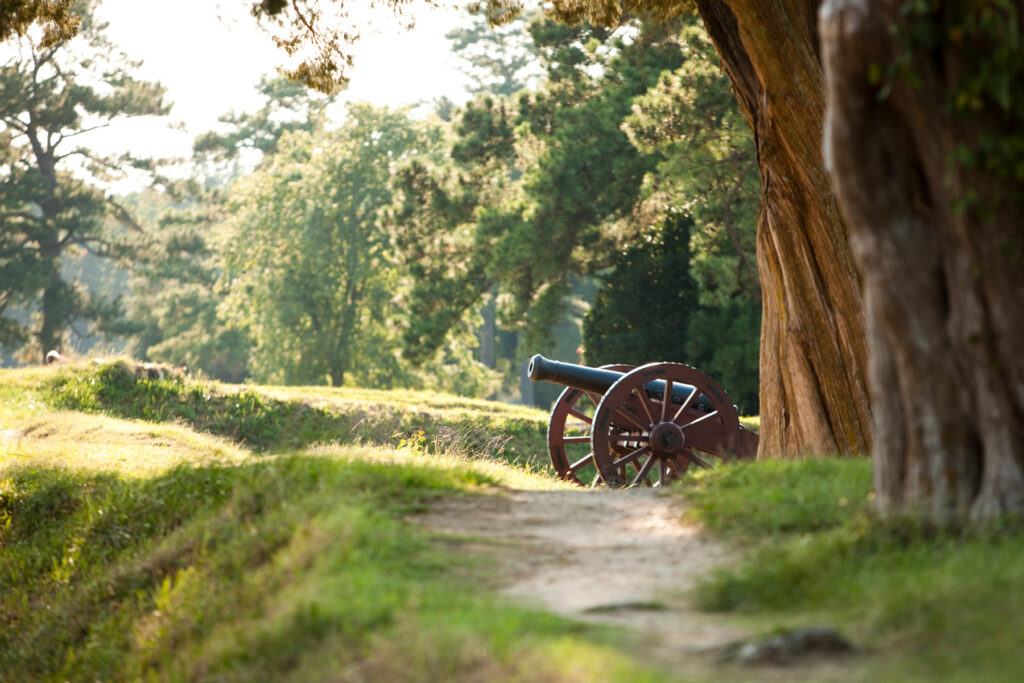
Across the York River via the tollbridge George P. Coleman Memorial Bridge is another important institution, the Virginia Institute of Marine Science (VIMS), a division of Williamsburg’s College of William & Mary. VIMS is one of our country’s finest marine science research centers and graduate schools. Its Visitor Center, open weekdays, includes aquaria and exhibits about the Chesapeake ecosystem, as well as public programs and tours. It’s well worth the bridge toll as one more fascinating resource for Yorktown visitors.

